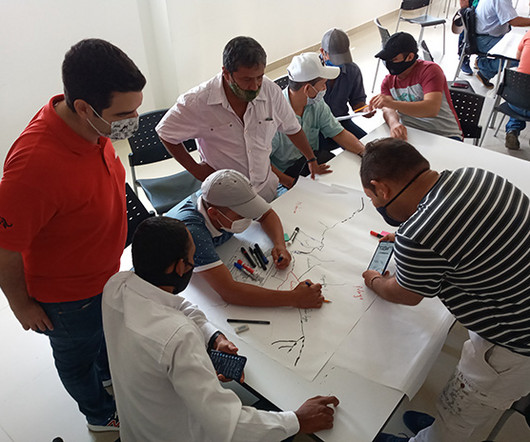Innovating to Address the Systemic Drivers of Health
Stanford Social Innovation Review
NOVEMBER 8, 2023
Unfortunately, there are not many health clinics nearby where Elisa can get easy access to primary care with her Medicaid insurance. Yet, in our siloed and disease focused healthcare systems, the root causes for poor health and disparities go largely ignored.













Let's personalize your content